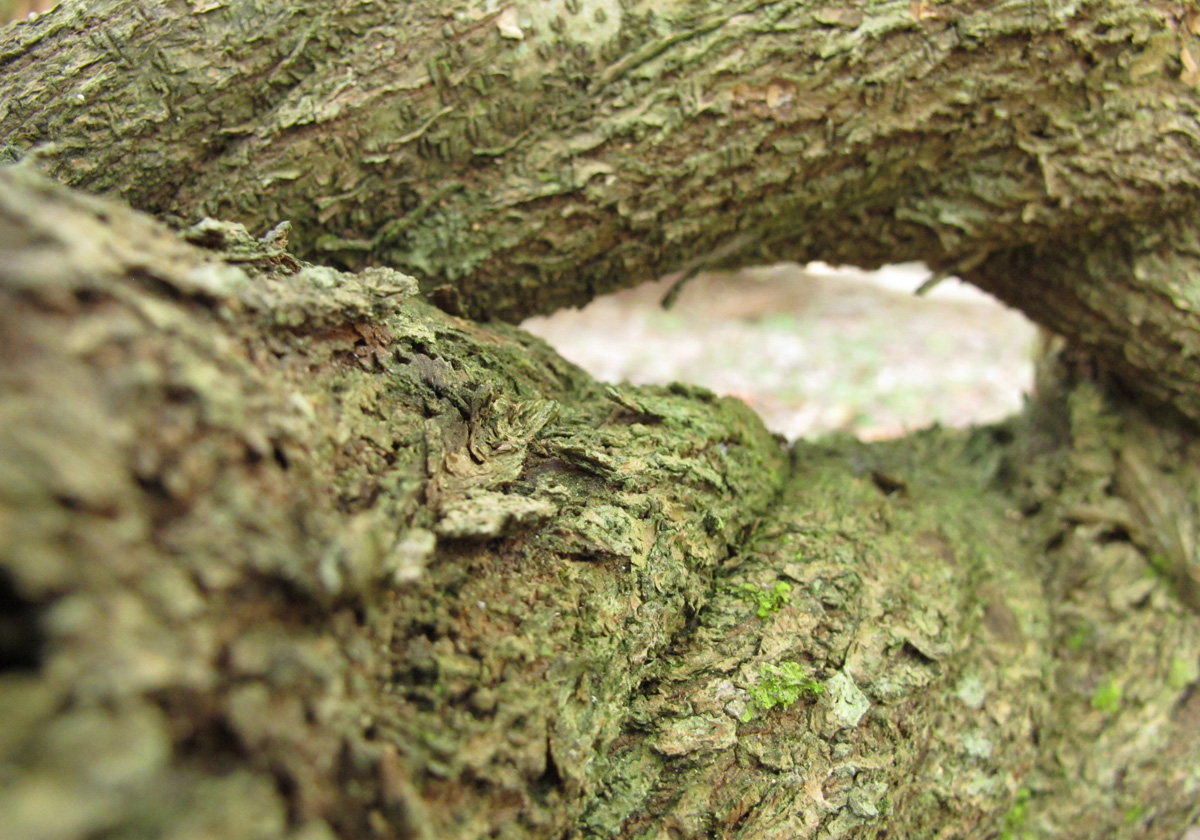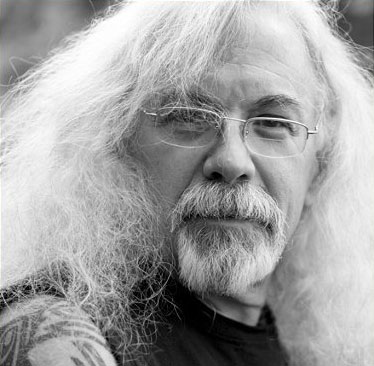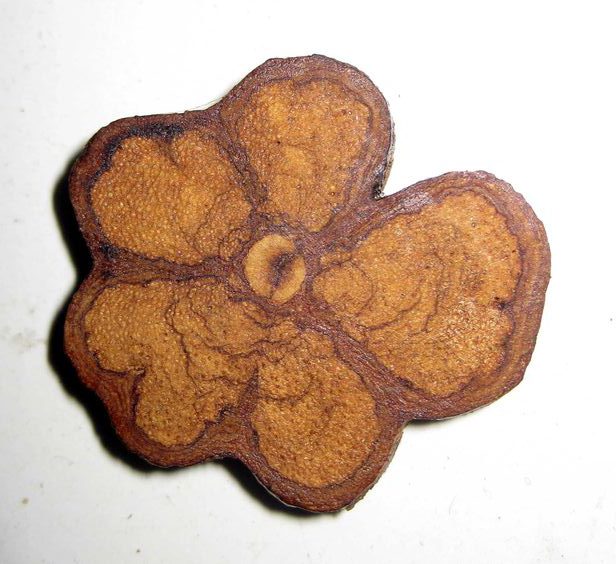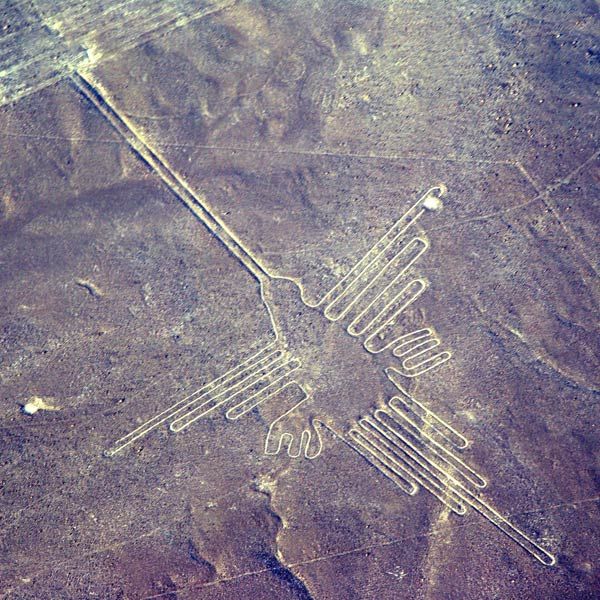Mestizo Shamanism and Vegetalistas
What is mestizo shamanism? The Loreto province of northeastern Peru (and to a lesser extent to Ucayali province south of it) is virtually unique in Latin America in that indigenous shamanic practices have been adopted and adapted by the mestizo population, and become a part of the mestizo culture. While mestizo curanderismo is not unknown elsewhere in the Spanish-speaking world, it is almost always found in isolated rural areas. Among most mestizo populations, there is strong social pressure to distance oneself from the scorned indigenous world and embrace the prestigious Spanish/western world, and only in the most isolated rural regions would mestizos continue indigenous practices. And in the modern world, with television and mass communication, such pockets of isolation are fast disappearing. Yet, in the province of Loreto in northeastern Peru, not only does an active mestizo shamanism thrive, but it thrives even in urban centers. Especially in the city of Iquitos – population about 400,000. (Iquitos resident Alan Shoemaker quoted the Iquitos police chief as estimating that on any given Friday, 10% of the …




